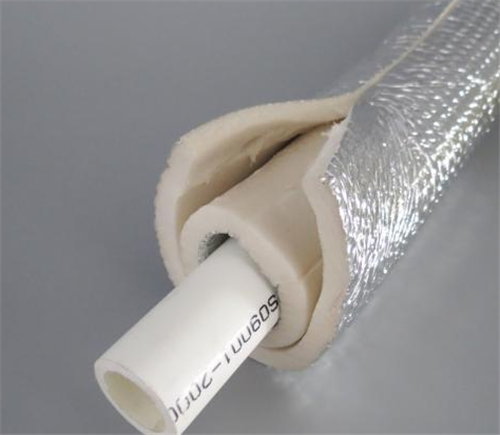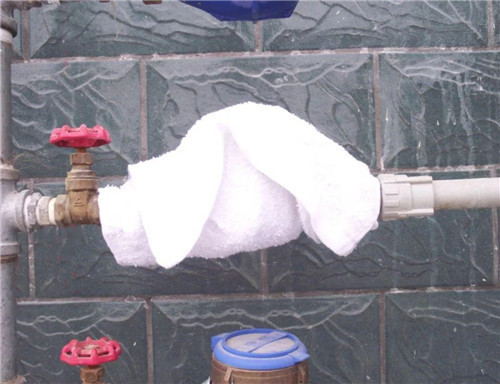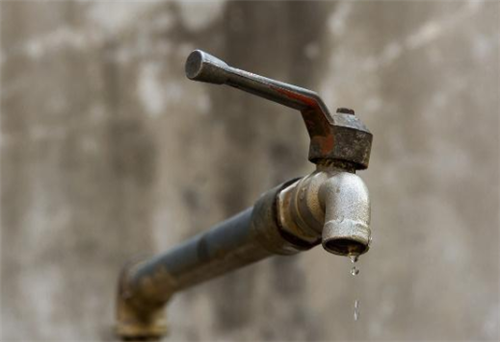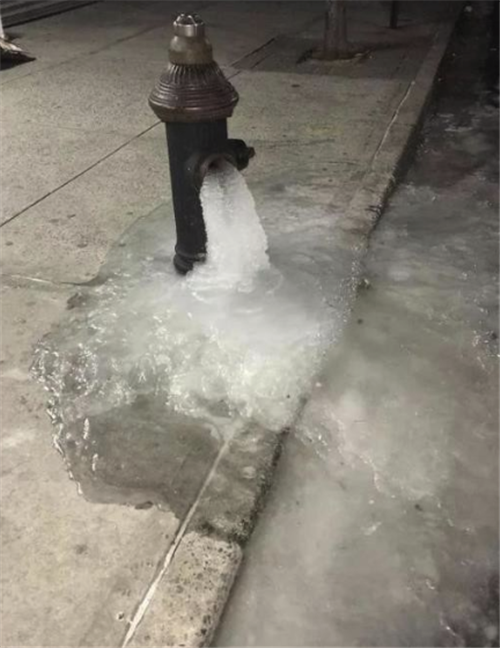In winter, the climate can be quite cold, and in some low-temperature regions, frozen faucets and pipes are common issues. Here’s what to do if your faucet is frozen, as well as how to prevent it from freezing.
What to Do if a Faucet is Frozen
If your faucet is frozen, the first step is to turn off the main water supply. Then, use a hairdryer to gently heat the faucet and melt the ice. Do not pour boiling water directly on it, as this can cause more damage. Slowly thaw the ice to avoid harming the pipes. Once the ice has melted, you can use tools to remove the damaged faucet and replace it with a new one.

How to Prevent the Faucet from Freezing
1. Let Water Drip
One effective way to prevent freezing is to leave the faucet slightly open so that water drips. Flowing water is less likely to freeze. You can place a bucket under the faucet to collect the dripping water and avoid waste.

2. Insulate the Pipes
Wrap your water pipes with warm insulation, such as blankets or old knitted clothing, to prevent freezing, especially in rural or urban areas. It’s common to see insulated pipes as this not only helps prevent freezing but also protects against sun damage, thus extending the lifespan of the pipes. Additionally, since the cost of insulation is low, it’s a good idea to add insulation after installing the pipes in your home to prevent freezing or bursting.

3. Use Anti-Freeze Solutions
Applying anti-freeze solutions to the pipes won’t completely prevent freezing but can help create a protective layer. Even if it’s not specifically anti-freeze, using such products can offer UV protection, preventing the pipes from aging.
4. Indoor Installation
If feasible, install water pipes indoors. Pipes exposed to very low outdoor temperatures are more prone to freezing and breaking, especially during harsh winters. To ensure safety, it’s recommended to install pipes indoors where possible.

In summary, the above provides guidance on how to deal with frozen faucets and tips on how to prevent them from freezing. I hope this information is helpful. For more content, continue to follow our website.

